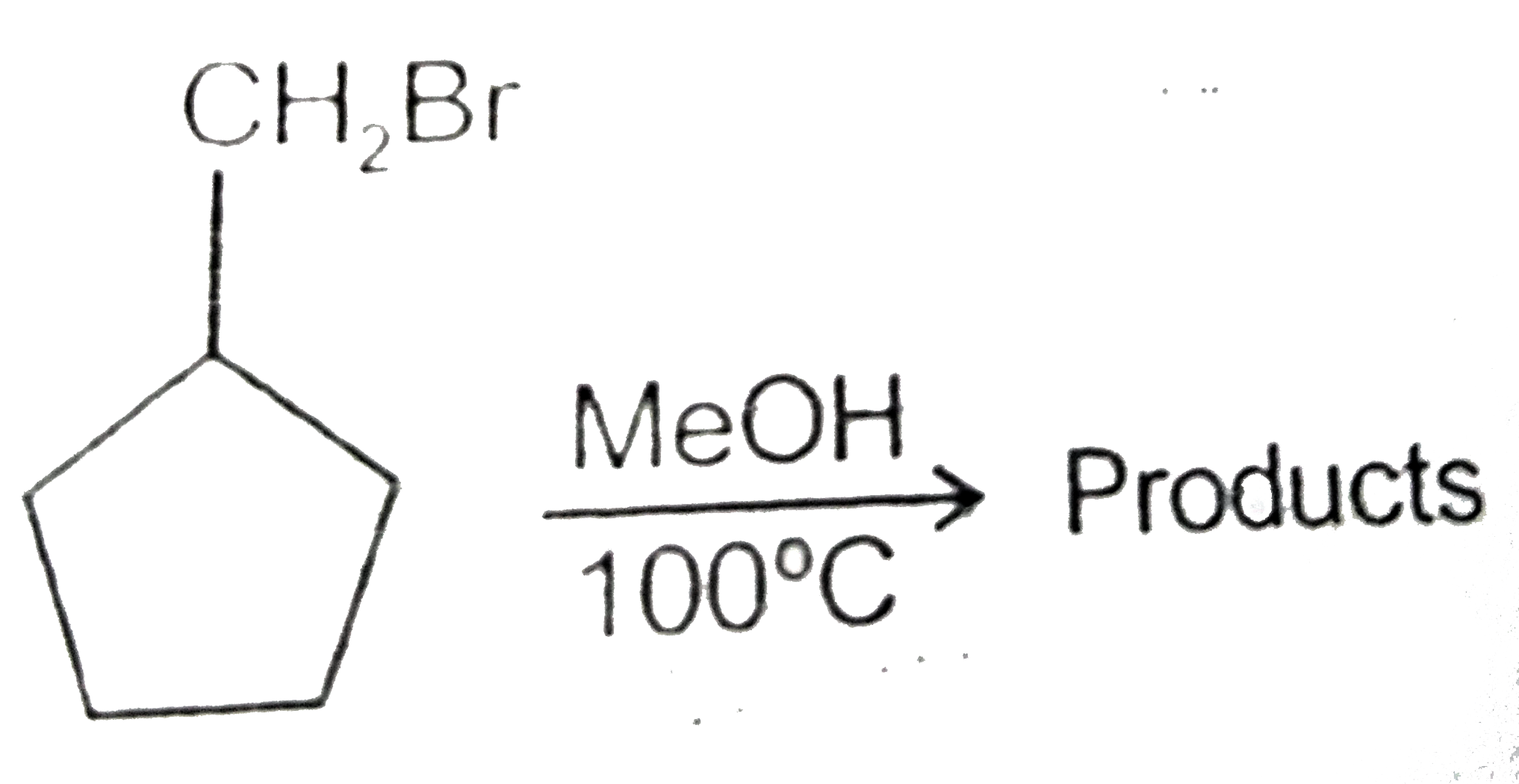Synthesize 5 - oxohexanal from cyclopentane.
To synthesize 5-oxohexanal from cyclopentane, we can follow these steps:
Step 1: Halogenation of Cyclopentane
- Reaction: Cyclopentane (C5H10) is treated with a halogen (e.g., Cl2) in the presence of UV light.
- Product: This reaction introduces a chlorine atom to the cyclopentane, forming chlorocyclopentane.
Step 2: Formation of Cyclopentanol
- Reaction: Chlorocyclopentane undergoes hydrolysis in the presence of water, leading to the formation of cyclopentanol (C5H10O).
- Product: Cyclopentanol is formed as a secondary alcohol.
Step 3: Oxidation of Cyclopentanol
- Reaction: Cyclopentanol is oxidized using an oxidizing agent (e.g., KMnO4 or CrO3).
- Product: This oxidation converts cyclopentanol into cyclopentanone (C5H8O).
Step 4: Grignard Reaction
- Reaction: Cyclopentanone is reacted with methylmagnesium bromide (CH3MgBr).
- Mechanism: The nucleophilic attack of the Grignard reagent on the carbonyl carbon of cyclopentanone leads to the formation of a tertiary alcohol.
- Product: The product is a tertiary alcohol (C6H12O).
Step 5: Hydrolysis
- Reaction: The resulting compound from the Grignard reaction is hydrolyzed using dilute acid (H2O/H+).
- Product: This step yields a compound with a hydroxyl group (OH) attached to the carbon chain.
Step 6: Dehydration
- Reaction: The alcohol undergoes dehydration by treatment with sulfuric acid (H2SO4).
- Mechanism: This leads to the formation of an alkene by elimination of water (H2O).
- Product: The product is an alkene with a double bond.
Step 7: Ozonolysis
- Reaction: The alkene undergoes ozonolysis using ozone (O3) followed by reduction with zinc (Zn) and water (H2O).
- Mechanism: This reaction cleaves the double bond and forms carbonyl compounds.
- Product: The final product is 5-oxohexanal (C6H10O), which has a ketone group at the 5th position and an aldehyde group at the end.
Final Product
- The final compound is 5-oxohexanal, which has the structure: CH3(CH2)3C(=O)CHO.
---
- Reaction: Cyclopentane (C5H10) is treated with a halogen (e.g., Cl2) in the presence of UV light.
- Product: This reaction introduces a chlorine atom to the cyclopentane, forming chlorocyclopentane.
- Reaction: Chlorocyclopentane undergoes hydrolysis in the presence of water, leading to the formation of cyclopentanol (C5H10O).
- Product: Cyclopentanol is formed as a secondary alcohol.
- Reaction: Cyclopentanol is oxidized using an oxidizing agent (e.g., KMnO4 or CrO3).
- Product: This oxidation converts cyclopentanol into cyclopentanone (C5H8O).
- Reaction: Cyclopentanone is reacted with methylmagnesium bromide (CH3MgBr).
- Mechanism: The nucleophilic attack of the Grignard reagent on the carbonyl carbon of cyclopentanone leads to the formation of a tertiary alcohol.
- Product: The product is a tertiary alcohol (C6H12O).
- Reaction: The resulting compound from the Grignard reaction is hydrolyzed using dilute acid (H2O/H+).
- Product: This step yields a compound with a hydroxyl group (OH) attached to the carbon chain.
- Reaction: The alcohol undergoes dehydration by treatment with sulfuric acid (H2SO4).
- Mechanism: This leads to the formation of an alkene by elimination of water (H2O).
- Product: The product is an alkene with a double bond.
- Reaction: The alkene undergoes ozonolysis using ozone (O3) followed by reduction with zinc (Zn) and water (H2O).
- Mechanism: This reaction cleaves the double bond and forms carbonyl compounds.
- Product: The final product is 5-oxohexanal (C6H10O), which has a ketone group at the 5th position and an aldehyde group at the end.
- The final compound is 5-oxohexanal, which has the structure: CH3(CH2)3C(=O)CHO.
Topper's Solved these Questions
- BOOK - FIITJEECHAPTER - ALDEHYDES AND KETONES EXERCISE - SOLVED PROBLEMS (SUBJECTIVE)17videos
ALDEHYDES AND KETONES
- BOOK - FIITJEECHAPTER - ALDEHYDES AND KETONES EXERCISE - SOLVED PROBLEMS (OBJECTIVE)17videos
ALDEHYDES AND KETONES
- BOOK - FIITJEECHAPTER - ALCOHOLS, ETHERS AND PHENOLS EXERCISE - SINGLE INTEGER ANSWER TYPE QUESTIONS7videos
ALCOHOLS, ETHERS AND PHENOLS
- BOOK - FIITJEECHAPTER - ALKYL AND ARYL HALIDESEXERCISE - NUMERICAL BASED QUESTIONS1videos
ALKYL AND ARYL HALIDES
Similar Questions
Knowledge Check
- Question 1 - Select One
Devise a synthesis of following compoind from cyclopentane:
 ACI2−−→Hvalc.KOH−−−−−→Br2CI4BBr2−−→hvC2H5OΘ−−−−−→Br2,CCl4−−−−−→CBr2−−→Hvalc.KOH−−−−−→NBSBr2CI4DNone of these
ACI2−−→Hvalc.KOH−−−−−→Br2CI4BBr2−−→hvC2H5OΘ−−−−−→Br2,CCl4−−−−−→CBr2−−→Hvalc.KOH−−−−−→NBSBr2CI4DNone of these - Question 2 - Select One
The angle strain in cyclopentane is
A72∘B1∘28'C44'D108∘ - Question 3 - Select One
Which of the following reagents is preferred to synthesize neopentryl halide from neopentyl alcohol ?
Aconc.HXBSOCl2CPBr3DBoth (2) and (3)
Cyclohexene, cyclohexane, cyclopentane, isobutane
View SolutionCyclohexene, cyclohexane, cyclopentane, isobutane
View SolutionDraw carbon ring structure and structural formula of
cyclopentaneView SolutionVitamin synthesized in our body from cholesterol is
View SolutionA : Cyclohexane is more stable than cyclopentane.
R : According to Baeyer strain theory angle strain in cyclohexane is more than cyclopentane.View Solution


